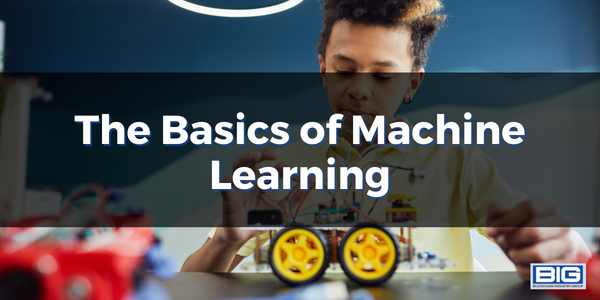
Machine learning, a subfield of artificial intelligence, is revolutionizing industries across the board by allowing computers to learn and improve their performance without explicitly being programmed.
At a high level, AI refers to the ability of computers to perform tasks that would normally require human-like intelligence, such as understanding language, recognizing patterns, and making decisions. Machine learning, on the other hand, is a specific approach to achieving AI. It involves training computer algorithms on large datasets and allowing them to learn and improve their performance over time, without explicit programming.
So, while machine learning is a type of AI, not all AI involves machine learning. There are other approaches to AI, such as rule-based systems and expert systems, that do not involve machine learning.
At its core, machine learning involves feeding large amounts of data into a computer program and using that data to make predictions or decisions. For example, a machine learning algorithm might be trained on a dataset of customer data and used to predict which customers are most likely to make a purchase.
One of the most well-known applications of machine learning is in the field of self-driving cars. By training machine learning algorithms on vast amounts of data about driving conditions, self-driving car systems are able to make decisions about when to turn, when to stop, and how to navigate complex roads.
Another example of machine learning can be found in the field of healthcare. Machine learning algorithms are being used to analyze medical images and make diagnoses more accurately than human doctors. These algorithms can also be used to predict the likelihood of a patient developing a certain condition, allowing doctors to take preventative measures.
In the business world, machine learning is being used to analyze customer data and make personalized recommendations, as well as optimize supply chain management and predict market trends.
There are several key disadvantages to using machine learning. One significant disadvantage is the need for large amounts of high-quality data in order for the algorithms to work effectively. If the data is dirty, noisy, or biased, it can negatively impact the performance of the algorithm. Additionally, if there is not enough data, the algorithm may not be able to learn effectively. Another disadvantage of machine learning is the lack of transparency in the decision-making process. It can be difficult to understand and interpret how the algorithm is reaching its conclusions, which can lead to a lack of trust in the system. Another potential issue is bias in the training data, as the algorithm may also be biased if the training data contains biases. Machine learning algorithms also have a limited scope of ability, as they can only perform tasks that they have been trained on. Finally, implementing machine learning systems requires a certain level of expertise and is not a simple task, requiring trained professionals to design and build the systems.
Alan Turing, the Turing Test and the Singularity
—
AlphaGo and AlphaZero: Masters of GO
—
Artificial Intelligence: Are Human Jobs at Risk?
Overall, however, the potential for machine learning to improve and streamline various industries is vast, and we are only just beginning to scratch the surface of its capabilities. As the field continues to advance, we can expect to see even more impressive and innovative applications of machine learning in the future.



